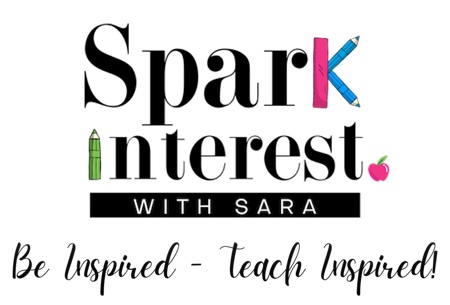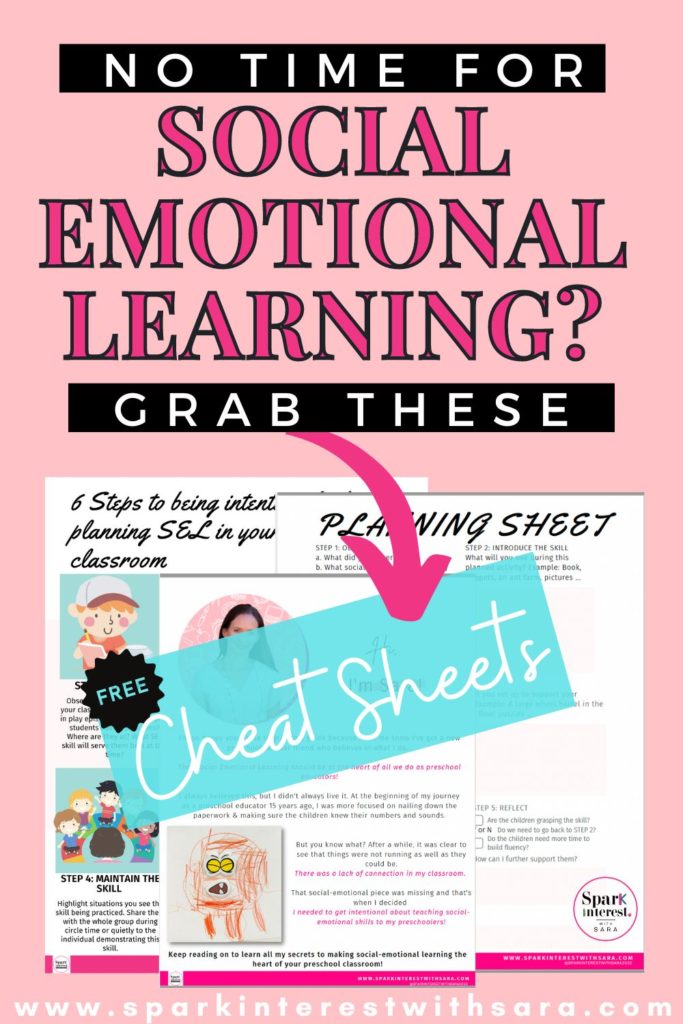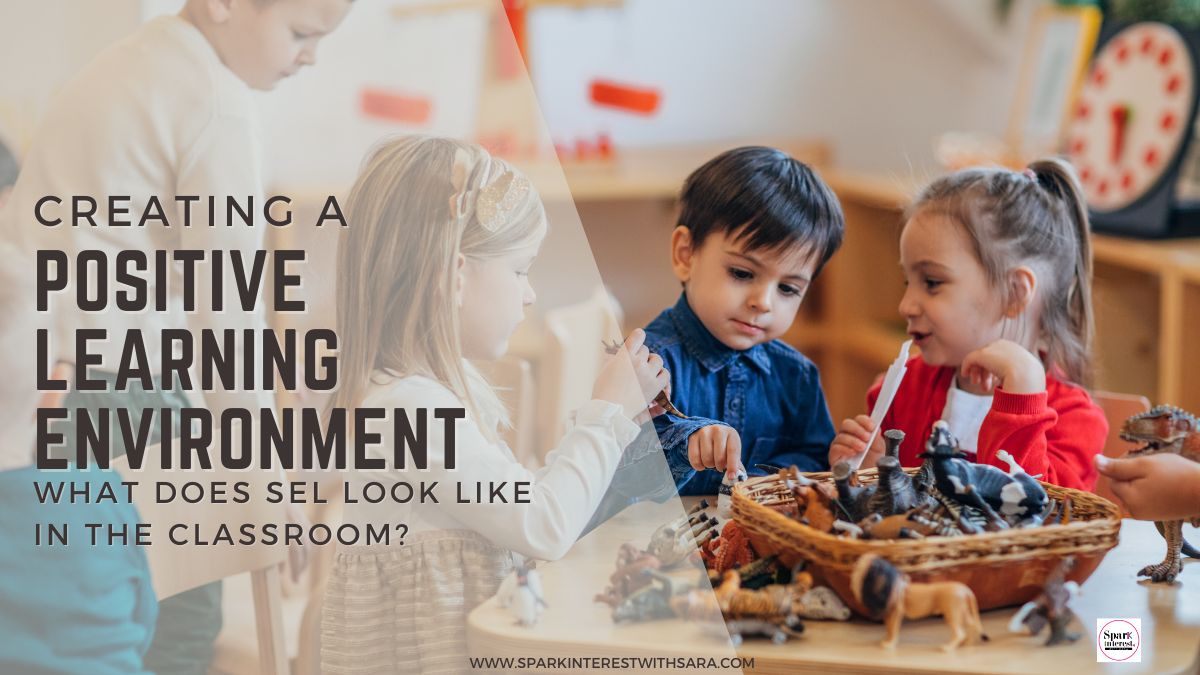
As educators, we understand the importance of creating a positive and supportive learning environment for our students. My passion lies in Social Emotional Learning because I see that with our young learners, above all else, having a solid foundation in social emotional learning makes all the difference in all areas of their lives.
In this blog post, we will explore the benefits of incorporating SEL strategies in the classroom and provide practical tips for creating a positive learning environment. You’ll never have to think, “What does SEL look like in the classroom?” again!
Before we jump right in, I wanted to make sure you get your hands on my FREE guide to getting started with seamlessly implementing SEL into your preschool classroom. I created the cheat sheets & planning guide to help you easily sprinkle SEL into your day! Click on the link below to download it!
What is Social-Emotional Learning (SEL) for Preschool?
Social-emotional learning (SEL) is the process of acquiring and applying skills necessary to understand and manage emotions, develop empathy, establish positive relationships, and make responsible decisions.
SEL focuses on the emotional well-being and social development of students, equipping them with the skills they need to navigate various social situations and succeed in all areas of their lives.
Creating a positive learning environment is essential for the social emotional health of our young learners. When our students feel safe and supported, they are more likely to engage in learning and take risks. A positive environment fosters that sense of belonging we are looking for. It also encourages collaboration, and promotes positive social interactions between our young learners.
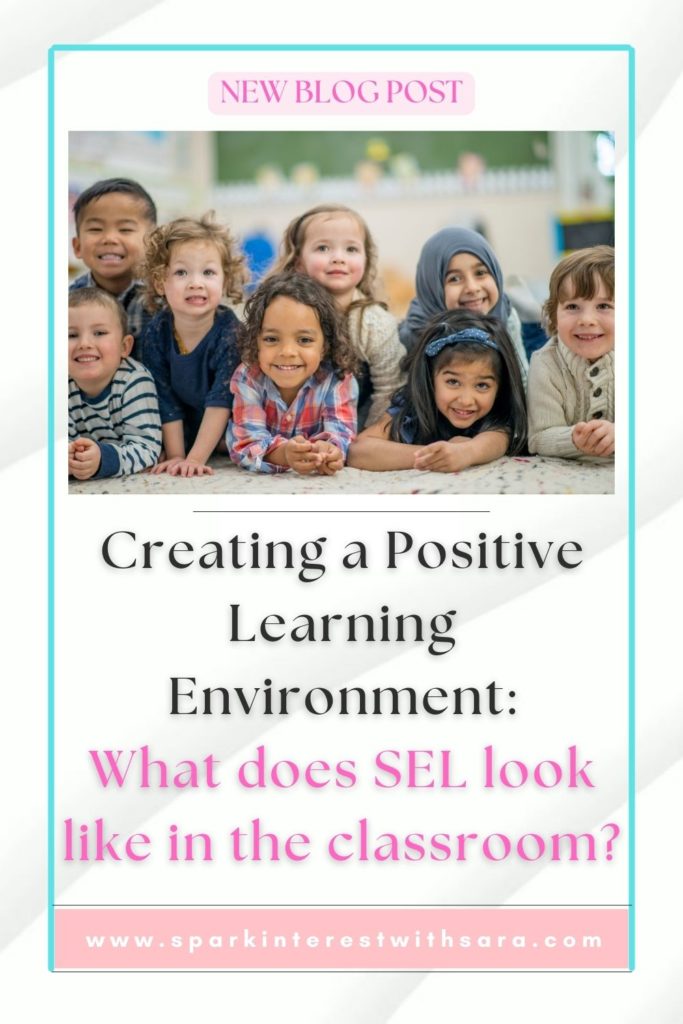
The 5 Core Competencies for Social Emotional Learning
SEL encompasses five core competencies: self-awareness, self-management, social awareness, relationship skills, and responsible decision-making. These competencies are interconnected and play a significant role in students’ overall development.
–Self-awareness involves identifying and understanding one’s own emotions, strengths, and areas for growth. It is essential for students to develop self-awareness as it helps them regulate their emotions and make informed decisions.
–Self-management skills enable students to regulate their emotions, set goals, and persevere through challenges. By developing self-management skills, students can effectively manage difficult emotions, demonstrate self-discipline, and make responsible choices.
–Social awareness involves understanding and empathizing with others’ emotions and perspectives. It helps students develop a sense of empathy and compassion, promoting positive relationships and reducing conflicts.
–Relationship skills focus on establishing and maintaining healthy relationships, including effective communication, active listening, and cooperation. These skills are crucial for students to collaborate, resolve conflicts, and work effectively in teams.
–Responsible decision-making refers to the ability to make informed choices. By considering the consequences of their actions and beginning to look at different perspectives, students can make decisions that align with their values and contribute to their growth. SEL provides students with a foundation for responsible decision-making, equipping them with the skills to navigate challenges and make choices that positively impact themselves and others.
Benefits of incorporating SEL strategies in the classroom
Incorporating SEL strategies in the classroom offers numerous benefits for students’ academic, social, and emotional development. Research has shown that students who receive SEL instruction demonstrate improved academic performance, increased motivation, and enhanced social interactions.
One of the key benefits of SEL is improved academic achievement. When students have a strong foundation of social and emotional skills, they are better equipped to focus on their learning, manage their emotions, and persevere through challenges. SEL strategies also enhance students’ problem-solving and critical-thinking abilities, enabling them to approach academic tasks with a growth mindset.

SEL also plays a crucial role in fostering positive social interactions. By promoting empathy and understanding, conflict resolution skills, identifying and managing our own feelings & emotions & friendship skills, our students develop the skills they need to thrive in a learning community.
Moreover, SEL strategies support students’ emotional well-being. Our students learn to manage their emotions in healthy ways and in turn build strong emotional foundations. This can result in reduced stress, anxiety, and behavioral issues, creating a more positive atmosphere for learning.
Overall, incorporating SEL strategies in the classroom benefits our young learners in all areas of their lives!
SEL strategies for creating a positive learning environment
To create a positive learning environment that incorporates SEL, educators can implement various strategies that promote self-awareness, self-management, social awareness, relationship skills, and responsible decision-making. These strategies empower students to develop a strong sense of self, build positive relationships, and make responsible choices.
- Building Positive Relationships with Students
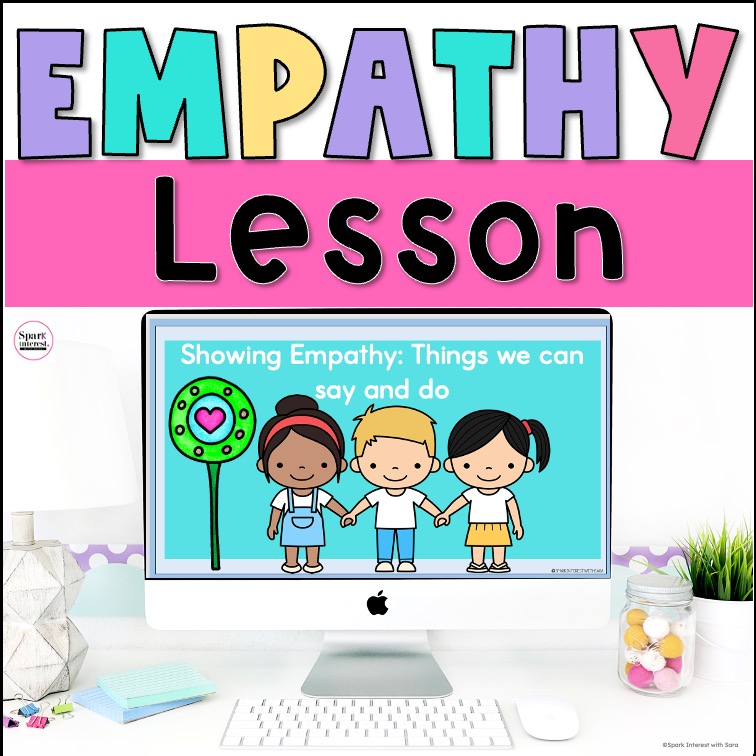
Establishing positive relationships with students is essential for creating a supportive learning environment. Teachers can build connections by showing genuine interest in students’ lives, actively listening to their thoughts and concerns, and providing individualized support. Creating a classroom culture that values kindness, empathy, and respect can also foster positive relationships among students.
- Teaching Self-Awareness and Self-Management Skills
Self-awareness and self-management skills are fundamental for students’ emotional well-being. For our young learners, this means being able to label and identify emotions. What does it feel like?What does it look like? When do you feel that way? We need to support our students as they begin to understand their own needs, who they are, where they come from and how they fit in their ‘world’.
Self-management skills, for our young learners, sees them begin to learn different techniques to self-regulate and manage emotions, more effective ways of expressing how they will, and be willing to take learning risks and begin to articulate their thoughts and ideas in a positive manner.
- Fostering Social Awareness and Relationship Skills
Social awareness and relationship skills are crucial for students to develop empathy, understand diverse perspectives, and establish positive relationships. We can foster social awareness by incorporating activities that help our students begin to identify how others are feeling, why they might be feeling that way and begin to see things from different perspectives.
Teaching effective communication, active listening, and conflict resolution skills can also enhance students’ relationship-building abilities.
- Promoting Responsible Decision-Making and Problem-Solving
Responsible decision-making and problem-solving skills empower students to make informed choices and navigate challenges effectively. We can promote responsible decision-making by providing opportunities for our students to practice making choices that consider the well-being of themselves and others. Problem-solving activities can also help students develop resilience and creative thinking.
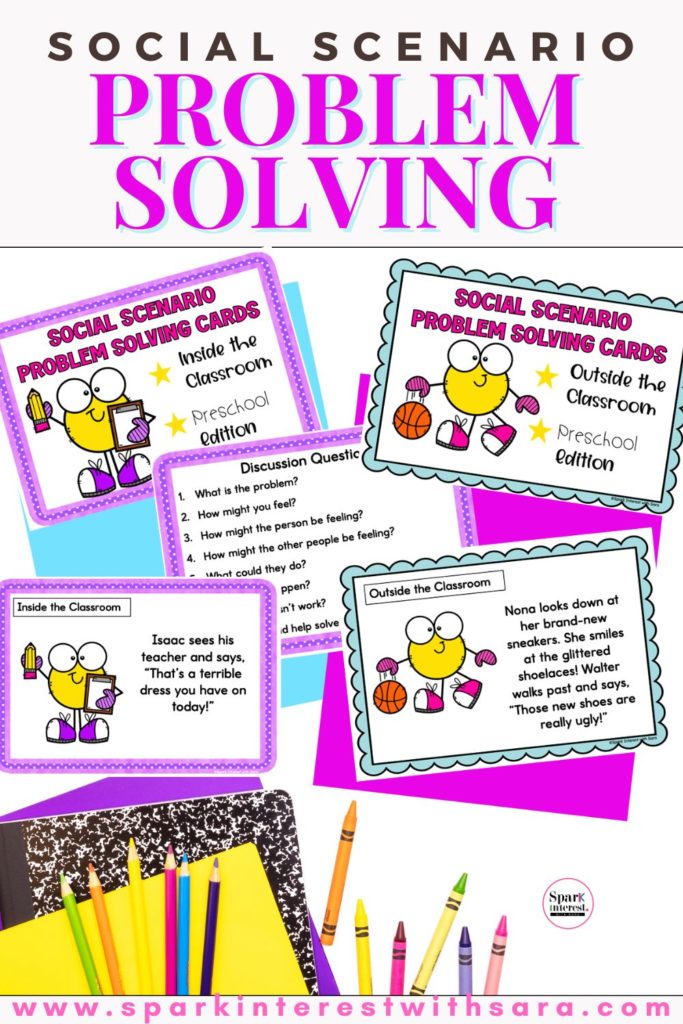
Problem-solving can be promoted through activities that encourage students to think critically and find creative solutions to challenges. By presenting our students with open-ended problems and guiding them through the problem-solving process, we can help our students develop resilience, perseverance, and critical thinking skills.
- Teaching self-awareness and self-management skills
Integrating SEL into existing curriculum and classroom activities ensures that students receive consistent opportunities to develop social and emotional skills. We can incorporate SEL into all we do, by embedding SEL-related discussions and activities. For example, while sharing a story, discussions can explore characters’ emotions and perspectives, while small group activities can promote collaboration and communication skills.
Classroom activities, such as morning meetings and circle time, provide dedicated time for students to engage in SEL. These activities can involve sharing and discussing emotions, setting goals, and reflecting on personal growth. By integrating SEL into daily routines, we can create a structured and supportive environment that prioritizes students’ social and emotional development.
- Fostering social awareness and relationship skills
Creating a positive learning environment that incorporates SEL strategies is essential for students’ academic, social, and emotional growth. By promoting self-awareness, self-management, social awareness, relationship skills, and responsible decision-making, educators can equip students with the essential life skills they need to succeed in school and in life.
a. Foster Social Awareness: One effective strategy for fostering social awareness is to encourage students to engage in perspective-taking exercises. This involves challenging students to put themselves in someone else’s shoes and consider different viewpoints. By doing so, students develop empathy and gain a deeper understanding of the experiences and emotions of others.
Another way to foster social awareness is through the use of books, music and multimedia resources that explore diverse cultures and perspectives. By exposing students to different narratives, they develop a broader perspective and become more accepting of others.
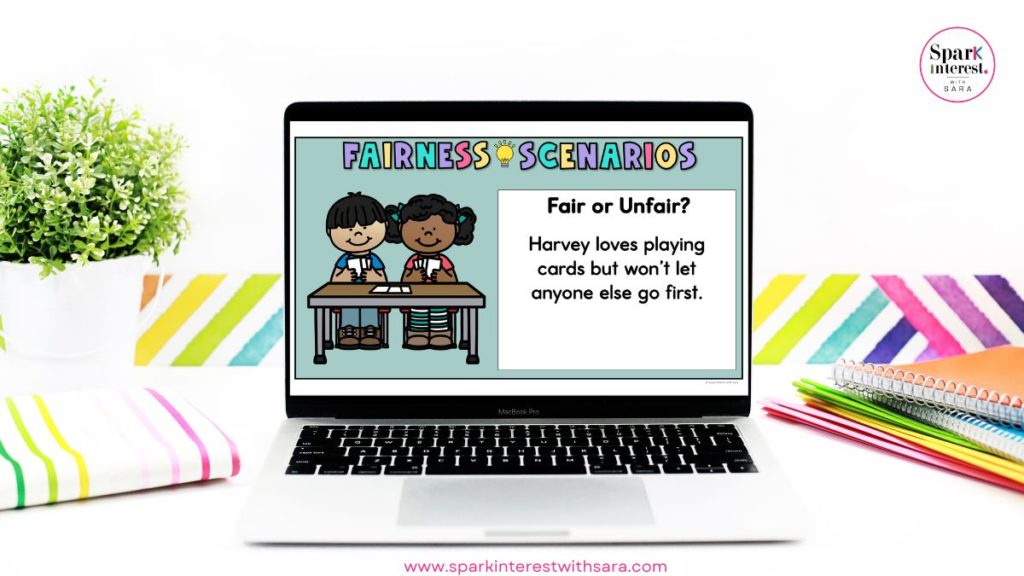
b. Build Relationship Skills: Building relationship skills is another crucial aspect of SEL that helps students develop healthy and positive relationships with their peers and teachers. These skills include effective communication, active listening, and conflict resolution.
One effective strategy for building relationship skills is to incorporate teamwork activities into the curriculum. These activities encourage students to work together, communicate effectively, and collaborate towards a common goal.
By doing so, students develop important interpersonal skills that will benefit them both academically and socially. Another strategy is to teach students conflict resolution techniques.
By providing students with the tools to resolve conflicts peacefully and respectfully, educators empower them to handle disagreements in a constructive manner. This not only promotes a positive classroom environment but also equips students with lifelong skills for managing conflicts in various settings.
7. Incorporating SEL in Lesson Plans
One effective way to incorporate SEL into existing curriculum is by infusing SEL elements into lesson plans. For example, during story time, we can encourage our students to explore the emotions and perspectives of the characters, fostering empathy and social awareness. Similarly, when teaching a science concept, we can incorporate group activities that promote collaboration and communication skills. By intentionally designing lessons with SEL in mind, we can seamlessly sprinkle social and emotional learning into our existing curriculum.
8. Creating SEL-Focused Classroom Activities
In addition to incorporating SEL into lesson plans, educators can create specific classroom activities that focus on developing SEL skills. For example, we can include daily check-ins where students have the opportunity to share their thoughts and emotions, fostering self-awareness and creating a safe space for students to express themselves.
Another activity could be conducting role-plays to practice conflict resolution skills. By providing students with conflict resolution scenarios and guiding them through the process of finding peaceful resolutions, educators give students the opportunity to develop and apply their problem-solving skills in a controlled environment.
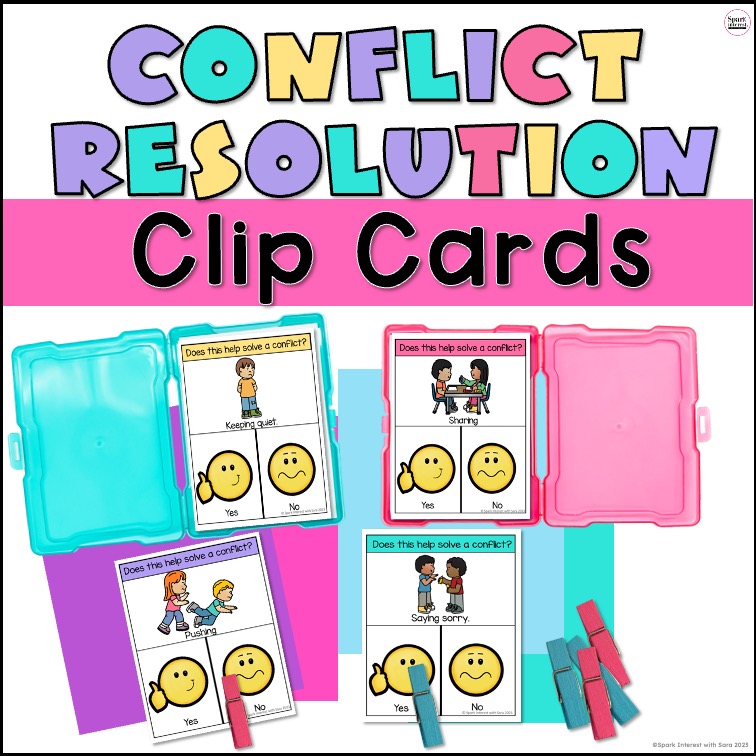
What does SEL look like in the classroom?
As you can see from this blog post, SEL can be seamlessly integrated into a preschool classroom. There is no prescribed way of making SEL at the heart of your classroom. By incorporating these SEL-focused activities, you can create regular opportunities for your students to practice and strengthen their social and emotional skills.
If you have read till the end, you must be passionate about creating a positive learning environment for your students and that you care for the social emotional health of your young learners. I hope this blog post never has you thinking, “What does SEL look like in the classroom ever again!”
Still wondering …. “What does SEL look like in the classroom?’ Here’s some more ideas for you:
Let's Connect:

Sara
